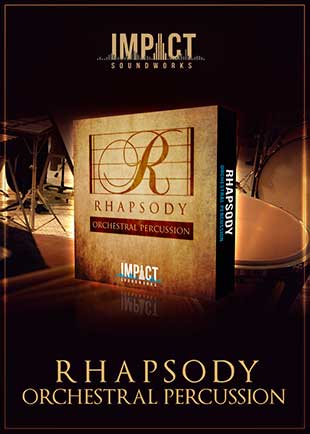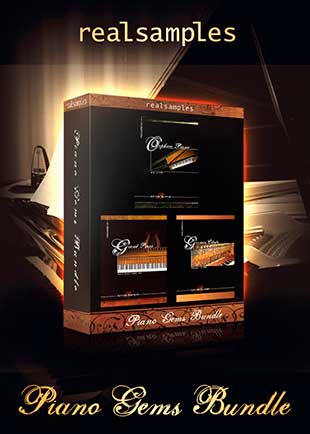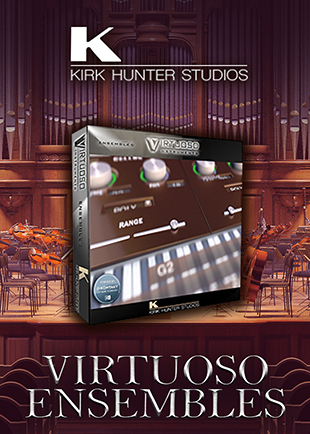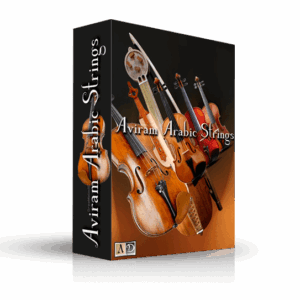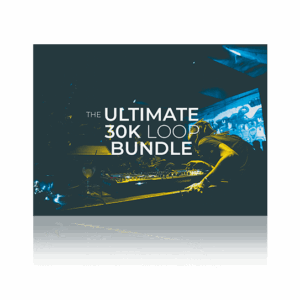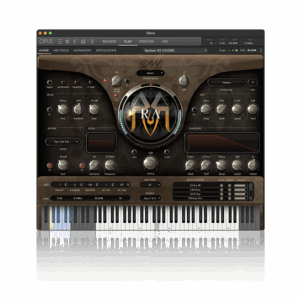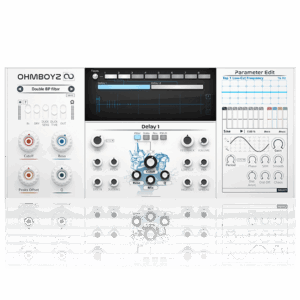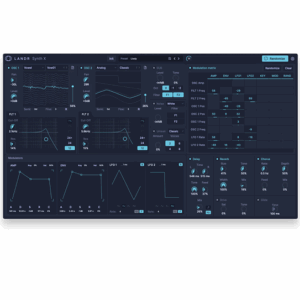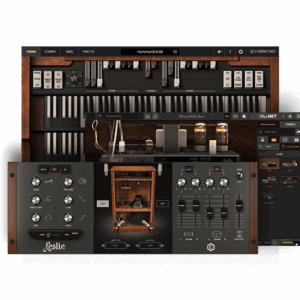Computers have undoubtedly changed the way composers and producers work. Not only have they made things easier, but they’ve also paved the way for new tools we can use to create music. One such tool is the ability to incorporate elements of randomness in our music… perhaps by adding an ever-changing ‘detune’ effect on a synth, randomizing the direction in which an arpeggiator breaks up a chord, or even generating random sets of notes as a base for a composition. In fact, the latter is exactly what Audiomodern tackles, through their incredible MIDI sequencer known as Riffer.

Click button below to subscribe to our Youtube channel!
Riffer creates randomly generated patterns and melodies for your own sound collection. It does this through a series of parameters which we specify – these include range, number of notes, loop length and scale.It’s super easy to get started with Riffer – simply select one of the 53 scales from the menu on the top left, hit one of the notes above the piano-roll-style editor and then click the dice. Directly to the left of the piano roll is a slider used to adjust the pitch range of the generated pattern.
Upon clicking the dice, a new pattern will be generated and displayed on the piano roll editor, and all of these notes can be changed or muted. Don’t like the pattern? Simply hit the dice again. You can also adjust the length of the loop using the slider directly above the piano roll.Additional Parameters
To the left of the interface, we find some more parameters which we can tweak. The quantization controls the speed of the loop in relation to the tempo (e.g. 1/16, 1/4 triplets, 1/8 dotted). The ‘shuffle’ control allows us to shift every second note forward to create a cool swing-like effect (or even a dotted-quaver-to-semiquaver rhythm). The ‘shift’ control enables us to add a further element of randomness by slightly shifting each note from its original position. Finally, we can also make the loop play forwards, backwards, or even ping-pong back and forth!
At the bottom, we find some transposition controls. We can shift our loop up or down in octaves or scale degrees. We can also shift the loop forward or backward by beat divisions.
Finally, we have the option of exporting our pattern into MIDI data – hover your mouse over the ‘export midi’ button at the bottom right of the window, then click and drag it to a track in your DAW. Easy!
Infinity Mode
There’s one last cool feature I want to mention, and that’s Riffer’s Infinity Mode. This essentially generates a new pattern every time the sequencer loops back. This is definitely fit for live performance, and it also gives you the option of recording multiple different patterns to an audio track to probe through them later. It can also be combined with the shift control (mentioned earlier) to generate long streams of random, unpredictable pitches. To activate infinity mode, hit the infinity symbol (the sideways 8 with the arrow) toward the top right of the interface.
That’s basically Riffer in a nutshell! I had a lot of fun playing with this sequencer, and I think you will too.
Tech Specs
- Available for both 32-bit and 64-bit operating systems
- Available in VST, VST3, AU & AAX formats
- Requires Mac OS X 10.9 (or higher), or Windows 7 (or higher)
- Required Disk Space: Like NOTHING – it took up about 10 MB on my Mac.
But today and run it endlessly Generate fresh ideas, sequences, melodies, riffs and musical patterns.



